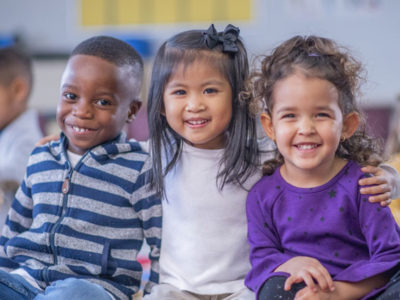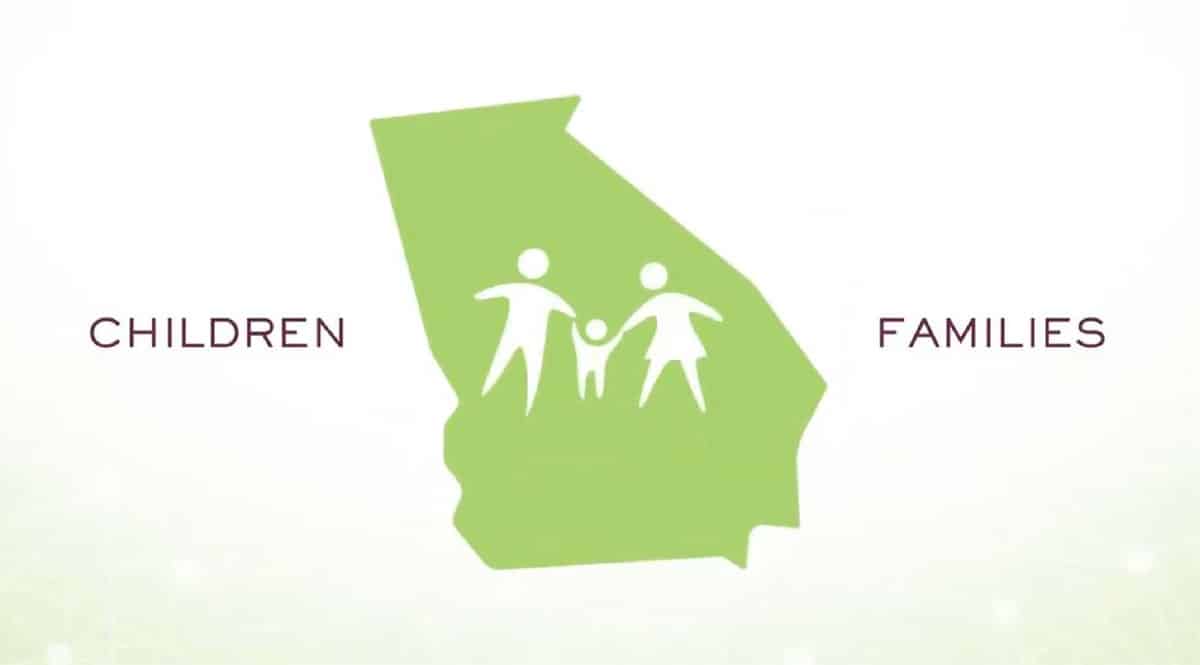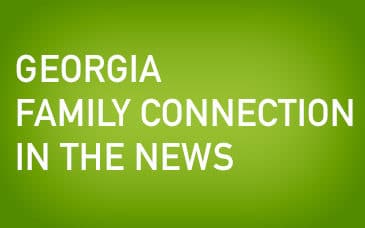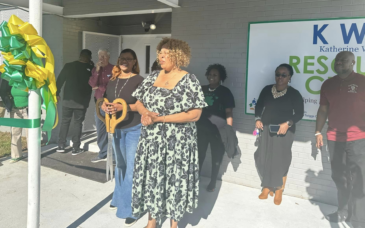About Us

Designated as the local decision making body for prioritizing the needs of families and children, our Collaborative brings community partners together to develop, implement, and evaluate plans that address the serious challenges facing our county’s children and families.
Our Collaborative has positioned itself as a nonprofit focusing on networking and relationships; connecting both the general public to partners and partners to each other. While there is no one sentence to explain what our Collaborative does, the tag line says it all: “Helping People Help Others.”
Our History
The Echols County Collaborative, originally called the Child Advocacy Board (CAB), was organized in February, 1996 from some of the members of the Echols County Child Abuse Protocol Committee. The Board’s original members consisted of the DFCS Director, Sheriff, Probate Judge, and a representative from Behavioral Health Services, the District Attorney, the Coroner, and The DJJ Director, the elementary school principal, a registered nurse and a parent.
The County Commissioners designated the Board as the sole governing body involving children’s issues. The original charge was to plan, advise, and inform the South Georgia Regional Mental Health, Mental Retardation, and Substance Abuse Board on the needs of the community. The CAB members concluded that it was imperative that the mission expand to reflect a commitment by all agencies and interested individuals to work cooperatively to address the needs of Echols county children and their families to ensure access to services which would empower families to meet their physical, emotional, social, and educational needs.
The decision was made to establish a partnership among community leaders, citizens, and advocates to reduce duplication of services, share resources, and to look at the needs of children to encompass the whole family unit. The CAB members strongly believed that “prevention is paramount” when trying to bring about systemic changes to reduce welfare dependency, ensure healthy children and promote strong families. The Board members met to develop goals and objectives to be accomplished by the year 2000.
In July of 1998, the Board received approval as a Family Connection Start-up Community. Based upon the results of the Community Assessment, the Board’s five-year strategic plan revolved around reducing the number of abused and neglected children, and reducing the number of teen pregnancies. From 1999 to 2005 the collaborative functioned under five different coordinators which affected the operation of the collaborative. During this period, the position was vacant on several occasions for long periods of time which was a “stumbling block” for the collaborative because a coordinator is needed to keep the programs and activities operating and keeping the focus on collaboration of all the partners.
In 2005, a new coordinator began which helped with collaborative development, provided stability, and increased membership and meeting attendance. This coordinator served through 2014, and a new coordinator began in January of 2015. In the fall of 2005 the collaborative decided that a more appropriate name was needed because the collaborative was doing more than just advocating for children. Also the collaborative decided to become a 501 C 3 nonprofit organization. The process of becoming a nonprofit helped to shape the structure and development of the collaborative through formally written bylaws, articles of incorporation and other legal work. The collaborative officially recorded their new name (Echols County Council for Children and Families, Inc) in the Secretary of State’s office in Atlanta. During the fall meetings of 2010 several collaborative members suggested changing the name of the collaborative to something that was shorter and also included the word, “advocacy”.
At the January 11, 2011 meeting the collaborative name was changed to Echols County Advocacy Board (ECAB) and recorded in the minutes. It was also decided by the collaborative to no longer pursue the status as a nonprofit because of filing fees and the amount of paperwork entailed. During the 2011 legislative session, family connection faced the possibility of being placed under another agency and possible severe budget cuts. During budget hearings, the state staff provided information to the legislators and other state agencies about family connection and the county collaboratives throughout the state. As a result of the legislation session, it was noted that some collaboratives in the state did not have the words “family connection” or other means of identifying themselves as family connection collaboratives.
This made it difficult for legislative members and others to identify various programs and projects associated with family connection. At various family meetings this issue was discussed. Collaboratives realized the need to have the family connection name, a tag line or logo that was universal throughout the state to identify family connection collaboratives. At the November 8, 2011 collaborative meeting, the Echols County collaborative voted to change the collaborative name to Echols County Family Connection.
Many of the original members of the collaborative remained active members and served in leadership roles. DFCS served as the fiscal agent of the collaborative from 1999 until 2009. Since 2009 the Echols County Board of Commissioners has been the fiscal agent. The membership of our collaborative has grown and includes members representing the school system, county government, probate judge, district and local health departments, ministerial association, 4-H, extension service, migrants and Latino families, behavioral health, emergency management, family representatives, community leaders, law enforcement, and media. The full collaborative meets bimonthly on the second Tuesday of the month at 9:00 a.m. in the DFCS Building.
The collaborative is governed by the executive committee which consists of the chairman, vice chairman, secretary, and treasurer. Each of these officers serves a two year term and one of the serving officers must be a family representative. In addition to the finance committee and strategy teams, other committees are set up as needed. Collaborative members are appointed to serve on some committee by virtue of their position in the collaborative. All collaborative members are encouraged to sign up for at least one of the collaborative committees or a strategy team of their choice. Committees and/or strategy teams meet prior to full collaborative meetings when needed and/or on the second Tuesday of months the collaborative does not meet if additional time is needed. Meetings are also called as needed and for some issues correspond through email and telephone calls.
About Georgia Family Connection
Georgia Family Connection is the only statewide network of its kind in the country with partners in all 159 counties working toward measurably better outcomes for our children, families, and communities. This gives us a unique vantage point—not only to see the big picture—but also to operate effectively at a local level.
We disentangle the mess of barriers, service gaps, and inefficiencies obscuring progress for our most vulnerable families. We do that by connecting our partners to resources, helping coordinate and manage efforts, and empowering our communities to craft local solutions based on local decisions.
Georgia Family Connection Partnership (GaFCP) represents and promotes Georgia Family Connection’s work, provides expertise in planning and governance, administers the state-appropriated funds for the local Collaboratives, sets standards of excellence, and helps Collaboratives evaluate their progress.
The state’s designated KIDS COUNT grantee, GaFCP also provides state agencies and policymakers with current, reliable data they need to inform decisions about improving conditions for the communities they serve.
Our Work
At Georgia Family Connection, we work to ensure that all children are healthy, primed for school, and succeed when they get there; families are stable, self-sufficient, and productive; and communities are vibrant, robust, and thriving.
None of these result areas stand in isolation. They overlap. By collaborating across sectors to address them, we nurture children and families who thrive in vibrant communities—everywhere. Because we work toward measurably better outcomes for everyone.




